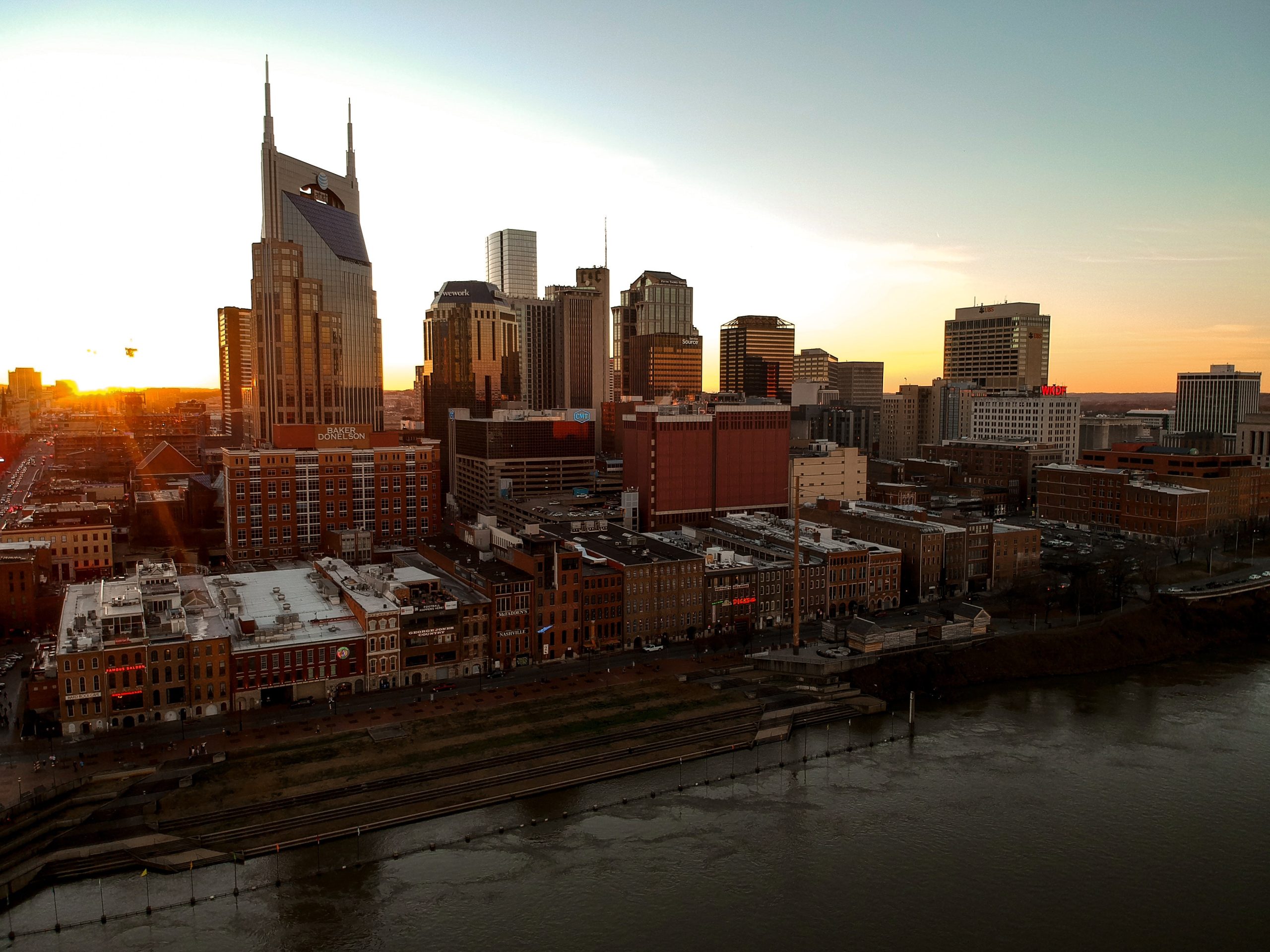In 2020, Nashville weathered the worst disasters in the city’s 238-year history. This included being hit by a category EF3 tornado in early March – the largest natural disaster in the city since the area’s 2010 flood. Then the outbreak of the COVID-19 pandemic, which briefly debilitated the city’s tourism industry and impacted the health of thousands in the county. Next, in early May, a derecho, with winds of 80 miles an hour, knocked out power to tens of thousands. And then, on Christmas Day, a bombing rocked the downtown, impacting an estimated 400 residents, 1,200 employees, more than 45 businesses, damaging more than 40 buildings, and leaving three people hurt. Specific populations, such as the elderly and those experiencing homelessness, are disproportionately impacted by these crises. And due to historical underinvestment and redlining in certain Nashville neighborhoods, Black communities like North Nashville and New American communities in the Southeast feel these climate and safety risks acutely.
Despite the pace of these unrelenting disasters, first responders remained steadfast, and the city utilized planning resources developed after the 2010 disaster to address these challenges head-on. The Metropolitan Government of Nashville and Davidson County wants to build upon these efforts, acting boldly to understand and advance recovery from its most recent disasters. FUSE will shepherd multiple after-action reports for these 2020 disasters, ideating and implementing a strategy for long-term disaster recovery and resilience. FUSE will focus on initiating investments that support equity and address the unique needs of specific disaster vulnerable populations, ensuring these groups can successfully rebound after disaster strikes.


